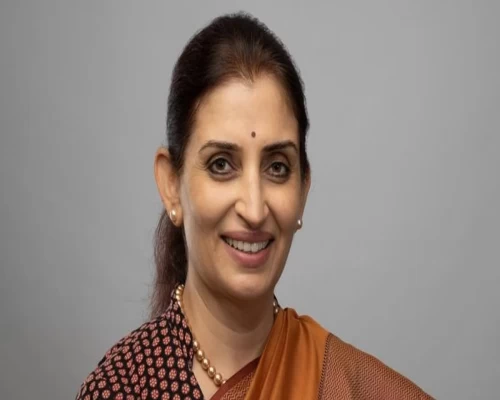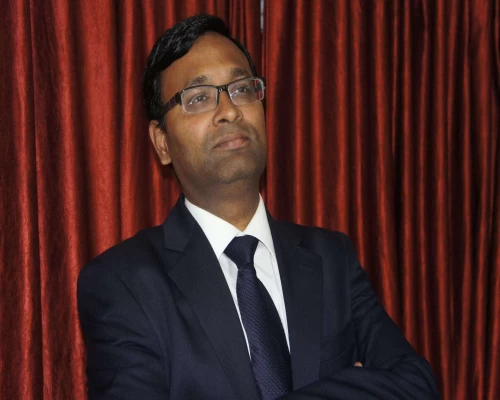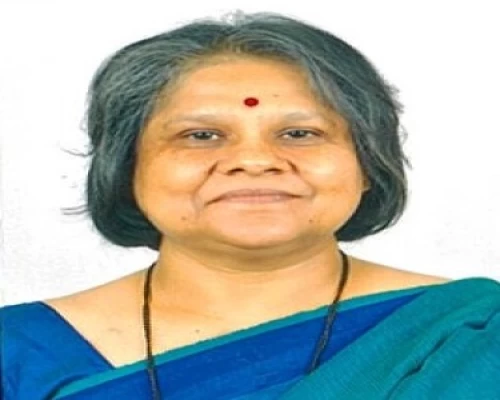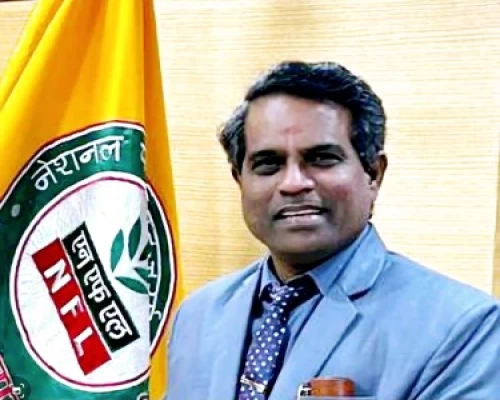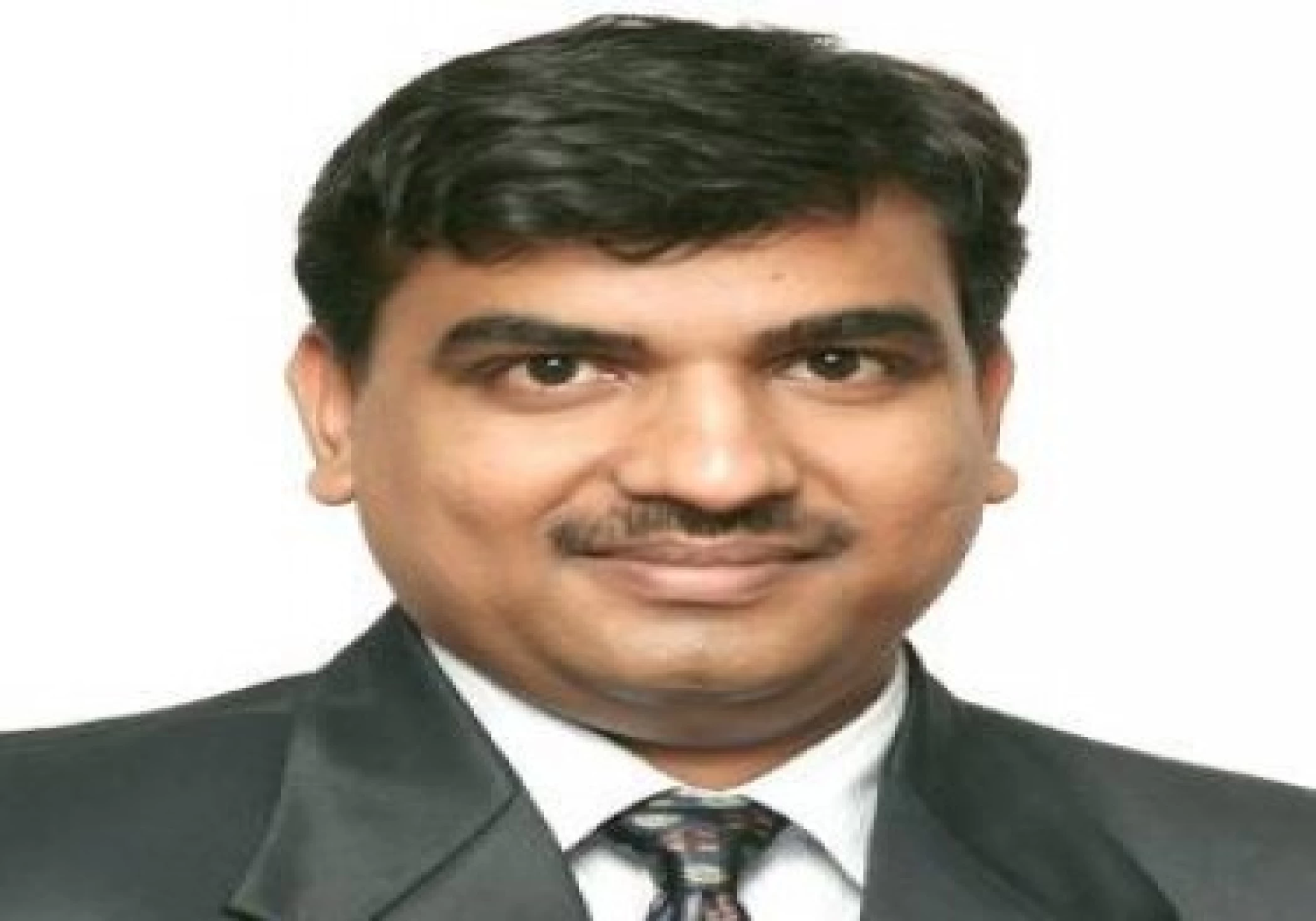
The second wave of the coronavirus has seen much larger case load as well as deaths. The State governments were left with no choice but to impose full or partial restrictions to control the second wave of Covid 19. This has again impacted the chances of early revival of the economy, which was gaining pace after the first wave wherein V-shaped recovery was seen in many sectors of the economy. In a conversation with Rajeev R of Bureaucrats India, Bhavya Bagrecha, Co-founder Aritraa Corporation, reflects on different aspects of the economy with a particular emphasis on asset monetization. Here Is The Full Interview:
Indian economy has suffered two waves of Covid-19. Experts are talking about the third wave. What are the writings on the wall for the economy?
India is not yet fully out of the danger of the pandemic. Social distancing and other Covid-19 appropriate behaviour protocols continue to be the most effective tool to combat the pandemic. The inoculation drive in the country will help to contain the severity of the Covid-19 and also help in boosting the economic activity in the country. Further, strengthening and augmentation of Health care infrastructure will play a significant role to improve our response to the future wave of Covid-19.
The wheels of India’s investment led growth have begun to turn, with signs of progress expected in the second half of the year. The government would have to create a level playing field with attractive valuation for the private sector to participate in asset monetization. The government investment coupled with fiscal incentives for the private sector will help in providing the much-needed speed to put the economy back on track. The government has also set up various committees and inter-ministerial groups to identify the projects for asset monetization and formulate attractive investment propositions for the participation of the private sector. Various government bodies and NITI Aayog are working on these proposals and are also seeking the views of the private sector to remove the hurdles threatening the asset monetization process.
Can asset monetization be an alternative to subdued private sector investments? How to increase private sector investment?
The government has time and again emphasised the importance of the private sector in bringing efficiencies and broadening the economy. Public-private participation will be critical in achieving the GDP target of $ 5 trillion. In my opinion, given the attractiveness of the ready assets, asset monetization by attracting the private sector is the only way forward. Currently the private sector investment has been subdued because of the uncertainty created by the pandemic and businesses are also assessing the impact of Covid-19 on their operations and realigning to the new realities. A significant recovery in investment growth powered by asset monetization and backed by the Atma Nirbhar Bharat Mission will be instrumental in this robust recovery.
Asset monetization can ease the government’s financial constraints, but won’t guarantee a sustainable flow of resources. Limited fiscal space doesn’t permit higher public sector capital expenditure. It seems to be a complex situation. What’s your take?
Asset monetization will certainly help to raise finances for the government to fund new infrastructure projects in the country. These projects can serve as a pipeline for the future monetization after they have been successfully commissioned and provide a steady income stream in the long term. The multiplier effect of developing good infrastructure in the country will boost the economic development and also address the changing aspirations of young India thereby catapulting it in the league of developed Economies. This infrastructure will help in the growth of the economy and thereby enable an increase in the income of the government by way of taxes, which will be the major source of funding for the regular government expenditure, apart from other sources of government income.
Asset monetization or proceeds received from disinvestment are considered as capital receipts and should not be used for funding regular government expenditure on a long term basis. It will have a negative impact on the overall health of the economy if capital proceeds are utilised for funding regular expenditure. Total receipts or income budgeted for the government for the period FY 21-22 stands at Rs 19.76 lakh crore which includes budgeted capital receipts Rs 1.88 lakh crore. The budgeted capital receipts account for only 9.5 per cent of the total receipts.
There is a strong feeling that proceeds from the monetization programme must not be used for financing consumption expenditure. It should be recycled into fresh projects. How viable is this proposition in the current situation? How to ensure asset monetization becomes a feasible option for financing a sustained public sector investment push?
The primary aim of asset monetization should be asset recycling, that is, the creation of new assets by disposing of underutilized assets. Finances generated through asset monetization should be used judiciously to fund capital expenditure in sectors like railways, highways, urban transportation, electricity, telecom, textiles and affordable housing. The government expenditure will help in the creation of new employment opportunities across various sectors and will help in increasing the disposable income of the general public, thereby creating demand for the goods and services produced by the private sector. The government has asked the respective ministries to explore the Infrastructure Investment Trust route for monetizing some of its assets. This model, once adopted, can become a good viable option for various government agencies to attract capital for new income generating assets and create world class infrastructure. PowerGrid InvIT had successfully raised Rs 7,735 crore through the public issue comprising Rs 4,993.48 crore as fresh issue and Rs 2,741.51 crore as offer for sale recently. Five operational roads with an estimated enterprise value of Rs 5,000 crore are being transferred to the NHAI to bring NHAI InvIT.
The whole world is now living in a new normal all because of Covid-19. India is also not an exception. We will require huge resources to carry out the build process. Do you think the monetization of the asset will be one of the major sources of revenue for the government?
Given the past track record, which was not so encouraging, this will be an area of prime focus for the government. The PSUs have many assets which are either not utilised or underutilized and are ripe for monetization, which will help the government to rationalize and channelize the investments in new critical infrastructure projects and achieve sustainable long-term growth in the economy. The Central government has created a roadmap by creation of National Infrastructure Pipeline (NIP) for funding various infrastructure projects in collaboration with the state governments and private sector. Around 7851 projects identified in the NIP with a total project cost of $ 1.95 trillion across multiple sectors comprising transport, logistics, energy, water and sanitation, communication, social and commercial infrastructure.
Covid-19 pandemic seems to have become a serious stumbling block, though the Centre’s intent to accelerate the pace of growth remains intact. Do you think investors will come forward or they will wait and watch for now?
The intent of the government towards reinvigorating growth in the economy is paramount and the honourable Prime Minister Narendra Modi has also said on many occasions that ‘the government has no business to be in business,’ which reiterates the fact that the government is also looking to monetize the assets which do not fall under strategic sector, namely, national security, telecommunications, banking and energy sector. The government has been working on the plans for divesting their holding from the non-strategic sector to free up the resources for creation of better infrastructure by formulation of policies and creating a steady roadmap for timely completion of the monetization exercise. I am quite optimistic with the intent and the steps taken by the government to achieve this goal.
There is also a set of expert opinions which suggest otherwise. They look at the option of asset monetization as an easier said than done proposition. According to you, what precautions should the Centre take while going for asset monetization?
It will take considerable efforts on the part of the government to enable a transparent and agile framework for asset monetization and thereby creating value for all the stakeholders. Some of the important factors having bearing on the success of this initiative are: Clear policy determination and removal of legal complications; creation of single window clearance framework for all approvals and allied subjects; transparent bidding process for selection of the right investor; valuation norms and methodology; fiscal incentives and liquidity options for private participation; better coordination between the Central and State governments for asset monetization, specifically land related matters, and clear legal titles for land and other assets.
In order to finance new infrastructure investments in the country, the Development Finance Institution (DFI) has been set up with a capital infusion of Rs 20,000 crore. What is your take?
The Union Budget presented for 2021-22 emphasised the need to set up a professionally-managed DFI to provide, enable and catalyze infrastructure financing. The government has proposed to provide Rs 20,000 crore to capitalize this institution and aims to have a lending portfolio of at least Rs 5 lakh crore in three years. The Parliament has recently enacted a law for setting up the National Bank for Financing Infrastructure and Development (NaBFID). NaBFID will also complement the government’s continuing steps to enhance resources for infrastructure projects worth Rs 111 lakh crore (US$ 1.49 trillion) by 2024 under the National Infrastructure Pipeline (NIP).
The Act explicitly provides an option to reduce the Central government shareholding in the NaBFID from 100 to 26 per cent over time. Full government ownership would initially help NaBFID build credibility. Subsequently, the statutory structure could accommodate institutional investors including multilateral agencies as significant shareholders. The NaBFID management will consist of a team of government and private sector experts for managing the affairs of the institution and will be empowered to take decisions based on commercial considerations and adhere to norms of external review to measure its effectiveness in terms of achieving its objectives. The Act also empowers the RBI to license multiple private DFIs to compete with NaBFID and create a competitive environment for lowering the cost of capital in infrastructure financing.
Highways, wayside amenities, real estate development along highways and logistic parks are emerging as lucrative options for investors. How has been the response so far, particularly in the area of wayside amenities which are to be developed in collaboration with private sector players?
We are making substantial progress on infrastructure development and creating world class infrastructure at a record pace. The current development of expressways and highways in India will help to connect various towns and cities to the major trading hubs, which will in turn fuel economic activity. Some of the notable projects are Mumbai-Delhi Industrial Corridor, Sagarmala Project for port-led development, Western and Eastern Dedicated Freight Corridor to bring down the logistics cost. The government is also working on the National Logistic Policy to implement a multimodal transportation network for faster and cheaper movement of cargo. Integrated infrastructure development coupled with good social infrastructure helps in the development of community and provides a solid framework for developing a healthy and prosperous lifestyle for the citizens.
National Highways Authority of India has decided to develop world class wayside amenities (WSA) at over 600 locations across 22 States along highways in the next five years. Tenders have already been invited for 120 such wayside amenities. The Government has invited the private players to participate in this tendering process and create a robust network of Smart Wayside Amenities Stations. The initial response so far on development of high quality WSA by the private sector has been limited due to pandemic. Changing aspirations of the youth and desire to explore domestic tourism will also be an additional factor contributing to the success of wayside amenities. Growth in high quality highways would surely strengthen the logistics business including transport and warehousing of goods and thereby adding to our economic growth. We envisage a spurt in warehousing growth even beyond the metros and larger cities to Tier II cities as well.
Agriculture reforms and its growth, would take the logistics business even closer to semi urban clusters in the next few years, thereby supplementing the overall growth of transport and warehousing business.
Given your experience in investment management, business strategy, start-up advisory, corporate governance and taxation, what are the best options before the governments –Central and States – to attract private investments?
Some of the key parameters to be considered for making any business venture successful are -- 1. Critical evaluation of opportunity by doing market research and better understanding of investment opportunity vis a vis competition; 2. Availability of financial channels providing equity and debt investment to meet capex as well as opex requirement; 3. Integration of digital technology and tools to measure and improve performance and enable timely corrective actions; 4. Professional management and SOP driven methods to manage and execute projects along with availability of skilled manpower. 5. Good legislative framework to enable business development and growth.
Apart from these, infrastructure support from the government in the form of water and uninterrupted power availability and allied facilities including Land availability, fiscal incentives, and fast track approvals along with speedy grievance redressal system, stable taxation policy and safe operating environment. Though, both the Central and the progressive state governments have been quite keen to get private investments, but a lot would depend on how well they create an environment of transparency and speed for execution.
Last but not the least, how well placed is Aritraa Corporation in guiding investors and governments in carrying out the build back process in a much more inclusive manner?
Aritraa has a lot of hands-on experience on all that happens around highways and byways, be it – fuel, warehousing, wayside amenities (WSAs), depots, highways demographics, etc. We are also quite updated on the various policies of the Central and state governments. This gives us a 360 view of all types of business related to highways and byways. In addition to the development and operation of fuel stations and wayside amenities with facilities, we at Aritraa specialise on identification of the best locations for integrated logistics warehouses, industrial parks, fuel and other oil related depots along the highways, byways and railway networks in India. We offer services from research and strategic planning to site identification, negotiation and project execution. If the client needs help to operate and manage, we can assemble and train the appropriate teams. We also help with network optimisation for existing businesses and help to accelerate growth for their businesses and brand and can equally apply those set of practices to new market entrants as well. Hence, Aritraa offers a comprehensive service to all our existing and future clients on network planning, land acquisitions, approvals, EPC, commissioning as well as operations and is well poised to supplement government efforts in bringing the private sector investments in all such infrastructure development.




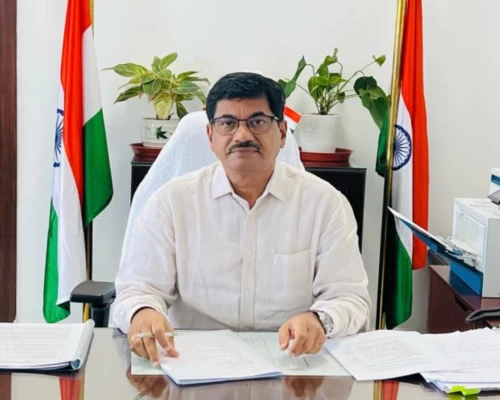
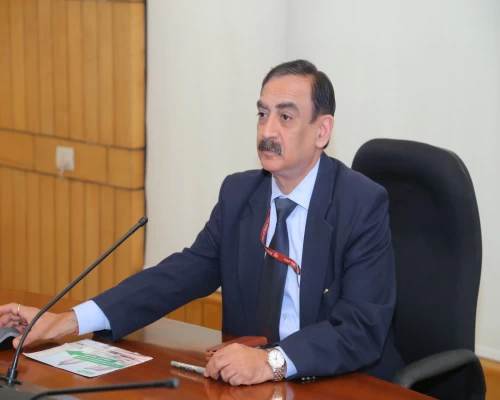
_500_x_400.webp)
